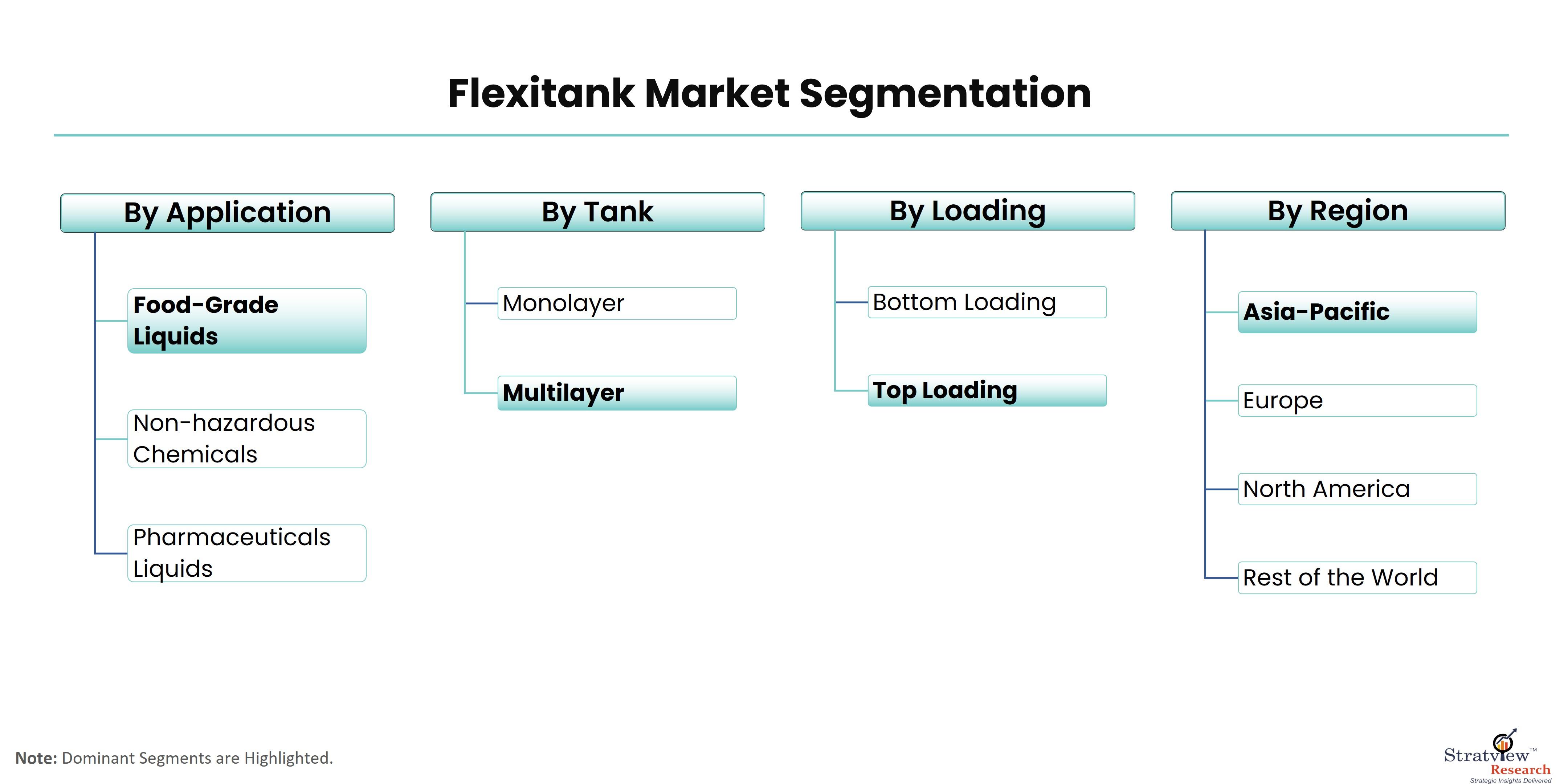Flexitank Market Pegged for Robust Expansion by 2028

According to Stratview Research, the flexitank market was estimated at USD 807.95 million in 2022 and is likely to witness a CAGR of 18.75% during 2023-2028 to reach USD 2292.16 million in 2028.
Flexitanks have emerged as a game-changer in the bulk liquid shipping industry. These flexible, lightweight containers have revolutionized the way liquids are transported, providing a more cost-effective and eco-friendly alternative to traditional shipping methods. In this article, we will explore the rise of flexitanks and how they are transforming the bulk liquid shipping industry.
Flexitanks are essentially large bags made of specialized polymers that can hold up to 24,000 liters of liquid cargo. They are designed to fit inside standard 20-foot shipping containers, providing a secure and efficient way to transport liquids such as food-grade oils, wine, and chemicals. Flexitanks are easy to install and can be filled and emptied quickly, reducing loading and unloading times.
One of the key advantages of flexitanks is their ability to reduce shipping costs. Traditional shipping methods for bulk liquids, such as drums, IBCs (Intermediate Bulk Containers), and ISO tanks, are expensive and require additional handling and storage. In contrast, flexitanks are a cost-effective solution that eliminates the need for additional containers, thereby reducing transportation costs significantly.
Flexitanks also offer greater environmental benefits compared to traditional shipping methods. They produce less waste, reduce the use of fossil fuels, and require less energy to transport. This makes them a more eco-friendly alternative to traditional shipping methods, making them an ideal choice for companies looking to reduce their carbon footprint.
Another advantage of flexitanks is their versatility. They can be used to transport a wide range of liquids, including food-grade oils, wine, and chemicals. Flexitanks can also be used for non-hazardous liquids, such as water and fruit juice. This versatility has made flexitanks a popular choice for a variety of industries, including the food and beverage, chemical, and pharmaceutical industries.
The food and beverage industry has been a major driver of the flexitank market. Flexitanks are widely used in the transportation of food-grade oils, wine, and other liquids that are safe for human consumption. They provide a secure and efficient way to transport food-grade liquids, ensuring that they arrive at their destination safely and without contamination. The growing demand for food-grade liquids, particularly in emerging markets, is expected to drive the growth of the flexitank market in the coming years.
The chemical industry is another major user of flexitanks. Flexitanks are used to transport a wide range of chemicals, including industrial solvents, surfactants, and other specialty chemicals. The use of flexitanks in the chemical industry has been driven by the need for a more cost-effective and efficient way to transport chemicals, as well as the growing demand for eco-friendly shipping solutions.
In conclusion, flexitanks have emerged as a cost-effective, eco-friendly, and versatile solution for bulk liquid shipping. They have revolutionized the way liquids are transported, providing a secure, efficient, and environmentally friendly alternative to traditional shipping methods. The growing demand for cost-effective and eco-friendly shipping solutions, coupled with the increasing demand for food-grade liquids and chemicals, is expected to drive the growth of the flexitank market in the coming years.
- Art
- Causes
- Crafts
- Dance
- Drinks
- Film
- Fitness
- Food
- Jeux
- Gardening
- Health
- Domicile
- Literature
- Music
- Networking
- Autre
- Party
- Religion
- Shopping
- Sports
- Theater
- Wellness
- IT, Cloud, Software and Technology


